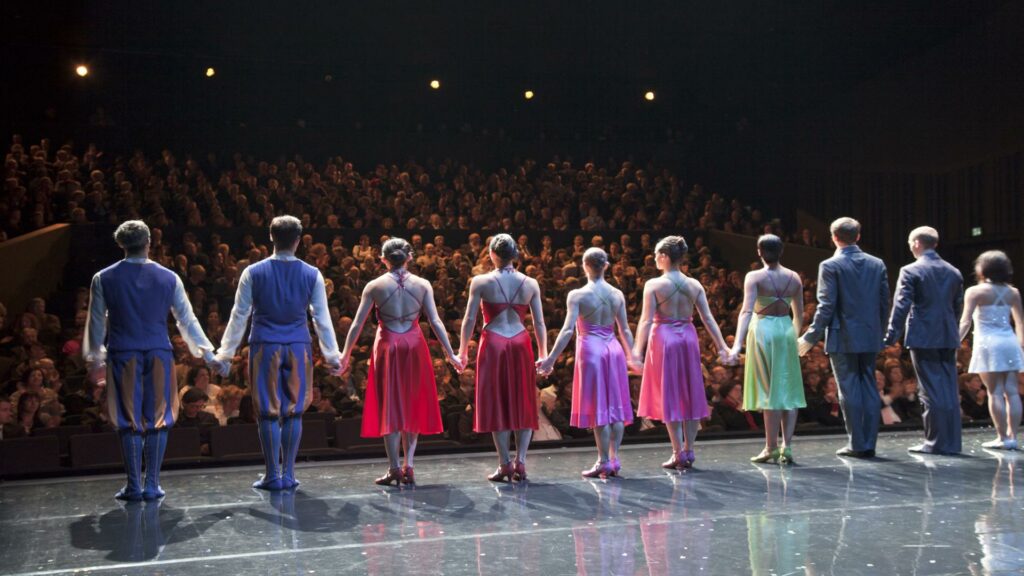Along the way you will discover four chapels and the Pierrafortscha erratic block (granite stone from Mont Blanc)
From the bus stop "Marly-Cité", cross the main street via the pedestrian lanes in a northerly direction. At the beginning of the Route du Publiet, you will find the first chapel dedicated to Saint-Sébastien on your right. It was built in 1641, after the plague pandemic that struck the village of Marly-le-Grand.
Continue along the Route du Publiet for about a hundred metres, then turn right onto the Route du Roule, which you follow almost to its end. Then turn left towards a stream with the same name as the road you just left. Follow the stream up to the first oratory "La Grotte des Lourdes". It was inaugurated in 1937.
Go back about 60 meters and turn left. Take an uphill forest path and at the end of the road enjoy the magnificent view over the village of Marly.
Then continue to the left, through an asphalted country road towards Pfaffenwil. In the centre of this hamlet you will discover the second chapel on the route. It is dedicated to the Holy Family (Sainte-Famille) (1664).
Continue walking until the next hamlet in the direction of Villars-sur-Marly. There, llamas sometimes graze in a meadow next to a very well-preserved old attic. In this hamlet is the third chapel dedicated to "Notre-Dame de l'Assomption" (1846). The route continues under a farm bridge to a quarter of the village of Tentlingen.
Turn left onto an asphalt road which you follow for more than five hundred metres. Before you turn right to pass behind the farmhouse, walk about a hundred meters and admire the second oratory. To get there, you have to climb some very steep small steps. This oratory is dedicated to Sainte-Anne.
You continue along a forest path that rises a little at first, then you walk around the Morvin forest until you cross it. This path leads you to the hamlet of Pierrafortscha. On this path you will pass a private hedge, whose owners have written the botanical name in front of each shrub.
When you cross the field, stop in the middle of the field at the granite foundling. This is where the name Pierrafortscha comes from, originally from the dialect patois "Pierre fourchue" (a sign informs you about its geological origin).
When you arrive in Granges-sur-Marly, you will find the fourth and last chapel of the walk, dedicated to Sainte-Trinité (1640). A little below, you will undoubtedly be enchanted by a fairytale pond. Continue along the path on the right side through the pasture. A descending path leads you to the edge of the village of Marly. You cross the Bois du Roule and the road of the same name again in the opposite direction. The last part of the hike takes you back to the starting point, the bus stop of Marly-Cité.
Information
Fribourg Tourisme et Région
Place Jean-Tinguely 1
Case postale 448
1700 Fribourg
Information
Administration communale de Marly
Route de Fribourg 9
1723 Marly
Properties of the itinerarie
Type of activity: Sports
Difficulty: Moderately difficult
Duration: 02:30
Distance: 9 km
Loop itinerary
Ascent/Descent: +272m / -264m
Altitude min./max.: 625m / 770m
 2026 IIHF Ice Hockey World Championship
2026 IIHF Ice Hockey World Championship 




















